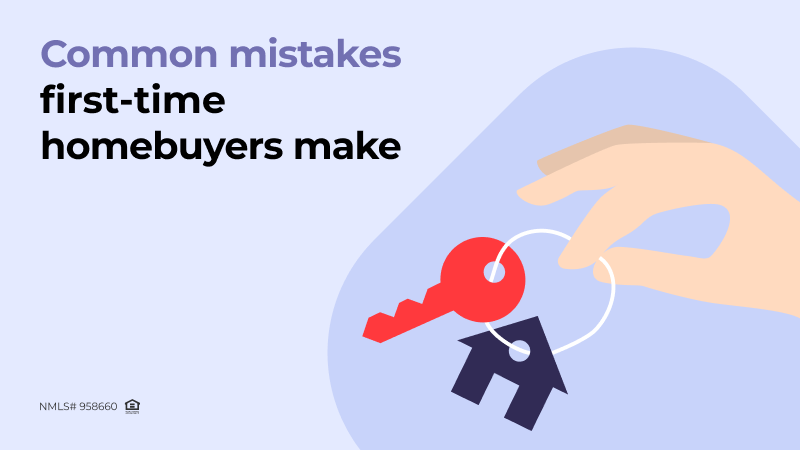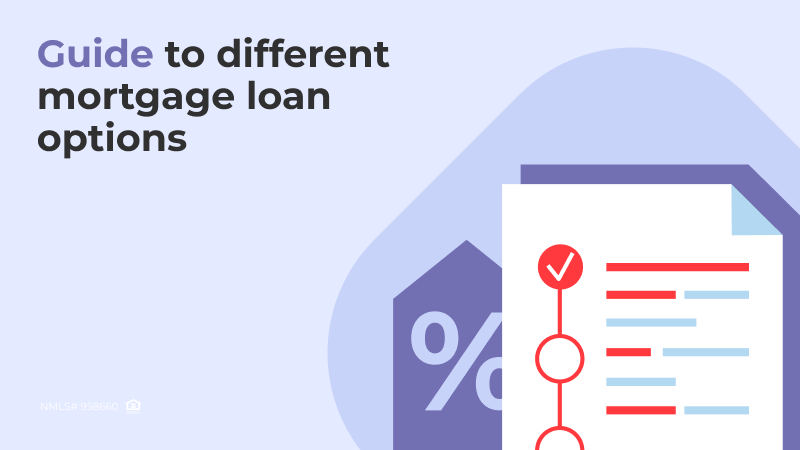
You’ve set your sights on buying a house. With a great desire to join the coveted homeowners club, you scroll through endless listings of gorgeous homes for sale, but it only makes you slam your laptop shut with a sigh. That pesky down payment seems like a tall mountain that’s hard to climb. Sound familiar? Don’t worry! You’re not alone, we’re here to help you! While the down payment may seem like Everest, it’s still a peak you can conquer with a little effort.
The importance of saving for a down payment
First, it’s necessary to understand why a down payment is so important and why you should consider saving for it. It’s like having a skin in the game, showing the lender that you are reducing the risk for them. The more you put down, the lower the risk. The higher down payment, in turn, translates into a better interest rate for you and lower monthly mortgage payments, potentially saving you tens of thousands of dollars over the life of your loan. That’s why saving for a down payment is so essential.
But what amount are we talking about? The average down payment is around 20% of the purchase price, but it can be as low as 3% with certain loan programs. However, National Mortgage Professional (NMP) says that a median-income homebuyer should put down 35.4%, which equals $127,750, to manage a mortgage comfortably.
Saving for a down payment
How can you stash away that cash to get those favorable terms and the peace of mind that comes with making mortgage payments comfortably?
- Have your savings goal set
Everything starts with setting a goal. Determine the approximate amount of money you need for your down payment and set a realistic timeline to reach that goal. This will help you stay focused and motivated.
- Create a budget
Develop a detailed budget that considers your income, expenses, and savings goals. Identify areas where you can cut expenses and redirect those funds into savings for a down payment. There are plenty of budgeting apps available, and the classic pen-and-paper method also works wonders.
- Set up a dedicated savings account
Consider opening a separate savings account specifically for your down payment funds. Ideally, this should be an account with a higher interest rate than your regular checking account. Talk to your bank about high-yield savings options. That way, your hard-earned cash will grow a little bit each month, thanks to compound interest.
- Increase your income
Explore ways to increase your income, such as getting a part-time job, freelancing, or selling items you no longer need. Any extra income can be used to save for your down payment.
- Reduce expenses
Look for ways to minimize your monthly expenses. Track your spending – everything from your daily latte to your monthly gym membership. Once you see where your money is going, you can identify areas where you can trim the fat. Maybe it’s eating out less or downgrading your cable package. Every dollar you save adds up.
- Automate your savings
Let’s face it – we all have moments of weakness. So, set up automatic transfers from your checking account to your down payment savings account. This ensures that a portion of your income goes directly towards your savings goal each month. That way, you avoid the temptation to dip into your savings.
How long to plan to save for a down payment
Now that you have an action plan in place, you may be wondering how long you should stay in this save for a down payment mode.
According to the Bankrate Down Payment Survey, “Nearly one-third of aspiring homeowners (30%) say it will take at least 5 years or longer to save enough money for a home, while 10% say it will take a decade or more.” There’s no one-size-fits-all answer, everything depends on your financial situation and dedication to saving. A good rule of thumb is to factor in your desired down payment percentage, current savings, and realistic monthly savings amount. Let’s say you want to put down 20% on a $200,000 house, and you currently have $5,000 saved. You can save an additional $1,000 per month. Here’s a simplified calculation:
- Down payment needed: $200,000 x 20% = $40,000
- Amount still needed to save: $40,000 – $5,000 = $35,000
- Time to save at $1,000/month: $35,000 / $1,000/month = 35 months (almost 3 years)
Remember, this is a simplified example, and unexpected expenses might pop up along the way. However, it gives you a general idea of how to set a realistic savings timeline.
Other costs to save for when buying a home
But wait, there’s more! In addition to the down payment, there are several other costs you may need to save for. First comes closing costs, the fees associated with finalizing the purchase of your home. They can vary depending on location and lender and typically cover things like loan origination fees, appraisals, and title insurance. Expect closing costs to be around 2-5% of the purchase price of your home. You may also be faced with moving expenses. From hiring movers to packing supplies, don’t underestimate the cost of relocating. And finally, owning a home comes with ongoing expenses beyond your mortgage payment. Don’t forget to factor in property taxes, homeowners’ insurance, and potential maintenance costs.
Saving for a down payment takes time and effort, but it’s an achievable goal. By taking small steps like setting a savings goal, creating a budget, and automating your contributions, you’ll be well on your way to homeownership. Remember, the down payment is just one piece of the financial puzzle. Consider closing costs, moving expenses, and ongoing maintenance costs to ensure a smooth transition into your new home. With careful planning and a commitment to saving, you will be able to conquer the Everest of homeownership.



